Replacing Canon EOS 5D with Sony Alpha a6300
This post contains affiliate links.
In photography, many types of cameras and different brands offer different advantages to each photographer. Dissecting these advantages and using them in your interest is an important skill, just as understanding one’s own strengths and weaknesses. This concept is important to me and is the reason why I chose to switch from Canon EOS 5D to the Sony Alpha a6300 camera.
My Canon equipment
Canon EOS 5D Mark III 22.3 MP Full Frame
Canon EF 100mm f/2.8L IS USM Macro Lens for Canon Digital SLR Cameras
Canon EF 180mm f/3.5L Macro USM AF Lens
My Sony equipment
Sony Alpha a6300 Mirrorless Camera
Sony SEL50M28 FE 50mm F2.8 Full Frame E-mount Lens
Sony SEL90M28G FE 90mm f/2.8-22 Macro G OSS Standard-Prime Lens
The Sony capabilities include 4K video and slow motion, which is the preferred resolution in my work. Sony’s cameras are lightweight, making it easy to work with & handle, with autofocus in video. Sony does quite well in offering an affordable and effective body, while still being close to more expensive camera bodies. My current lenses are the Sony FE 50mm, Sony Macro 90mm, which have been working quite well.
My previous Canon EOS 5D setup with a 180mm and a 100mm macro lens has served me very well, but as my photography has specialized more towards food video, it was necessary to use the better product for that specific type, and that was Sony, as their cameras are better equipped for video.
As this shift in my photography habits changed, I realized that my camera was holding me back from growing in the field I was interested in, for a myriad of reasons. As I sought research into what would be best for my photography, I used both cameras for about a year in tandem, soon I came to understand that the
Sony Alpha a6300 would be better for my purposes. As I changed cameras, I needed to utilize my lighting systems more effectively, so I went with a pair of Dracast DRP-LK continuous lights that work wonderfully with the Sony a6300, allowing me to shoot slow-motion videos.
As my work moved towards food videography, I needed something both versatile but able to still cater to all my needs. Both are terrific cameras for macro shots, but the Sony a6300 camera and the Sony lenses would better fulfill my needs in videography.
Food Photography & Video Tips from My Studio
Here’s a peek at the tools, gear, and camera setups I use to film my recipe videos and photograph food at home. Over the years, I’ve tested dozens of different setups, and now I’m sharing what actually works for me—whether I’m filming overhead shots for YouTube or styling still photos for my blog. If you’re curious about how I create the content you see here, these posts are a great place to start.
#foodvideographer#foodphotography#foodvideography#canon#sony#sonya6300#sonya6300#macrophotography#photoequipment#foodphotoblog#sonylens#sonylenses

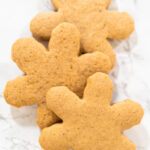
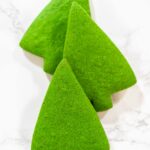


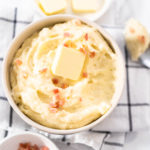
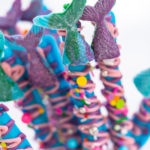

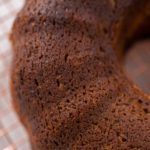



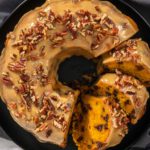


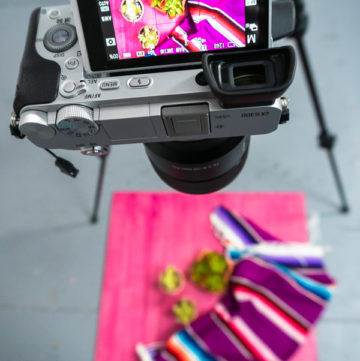




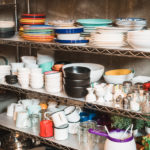
Leave a Reply